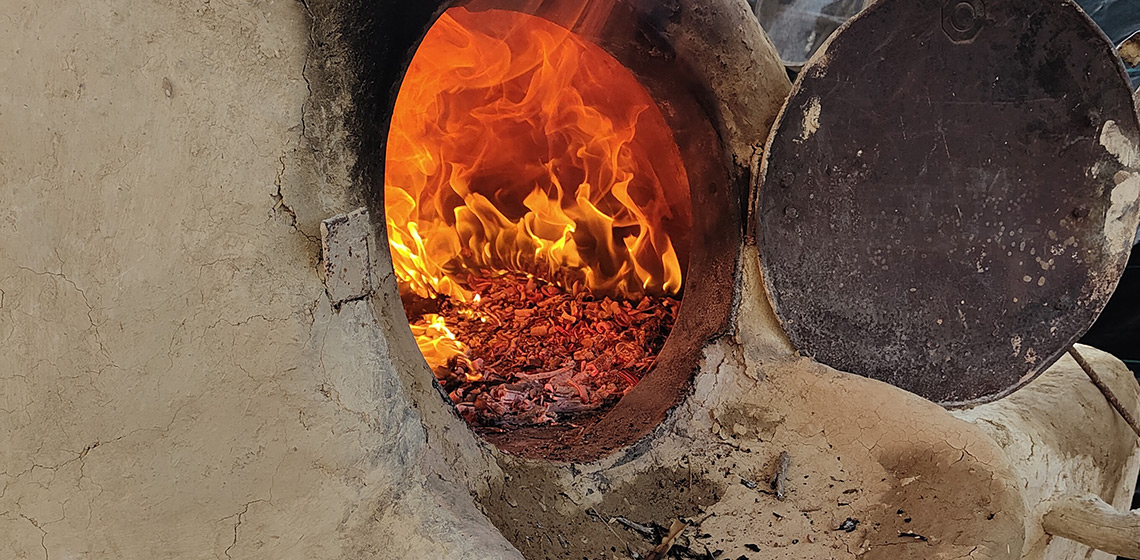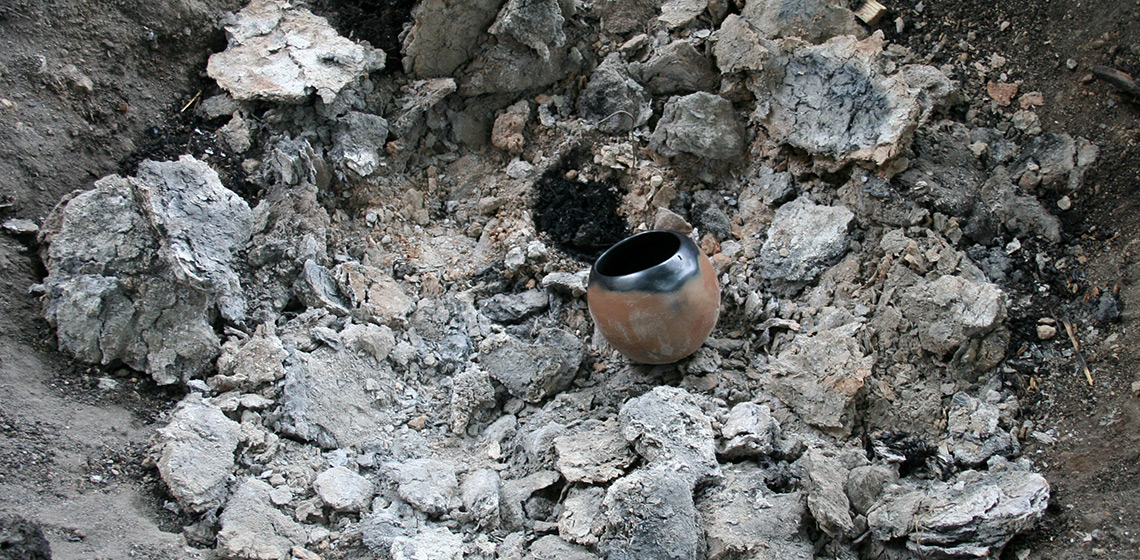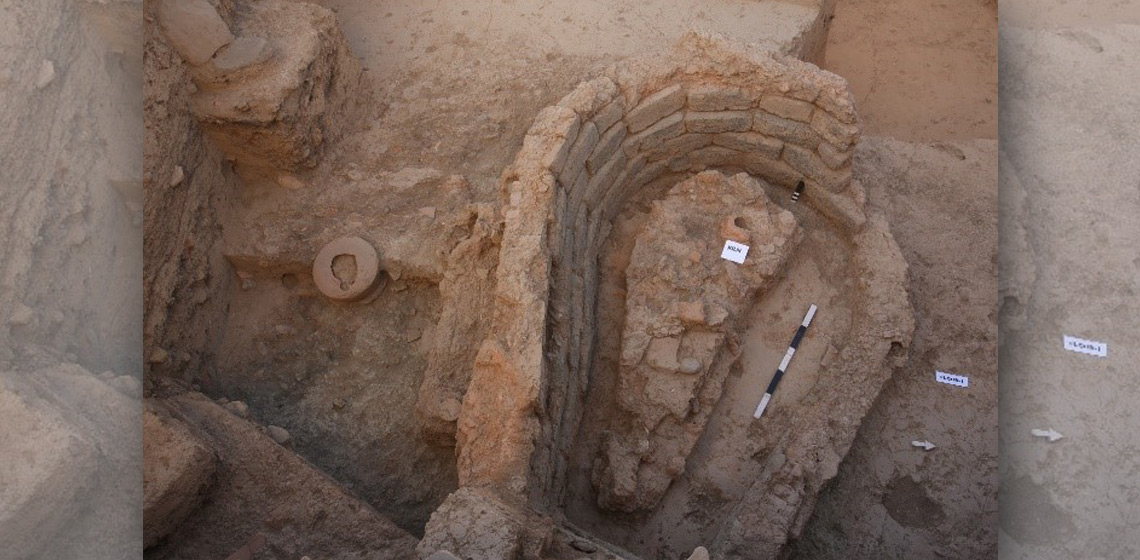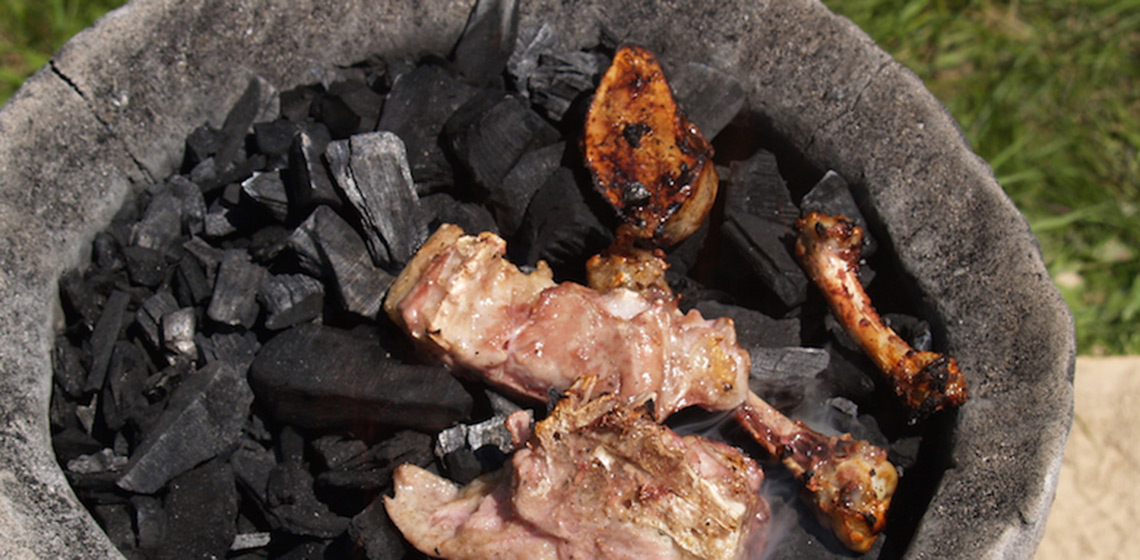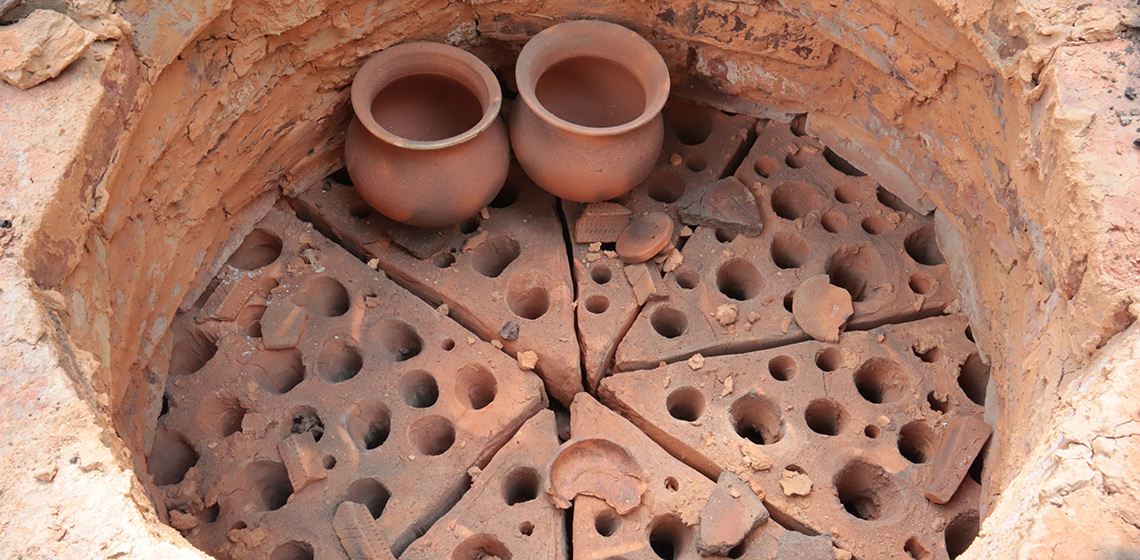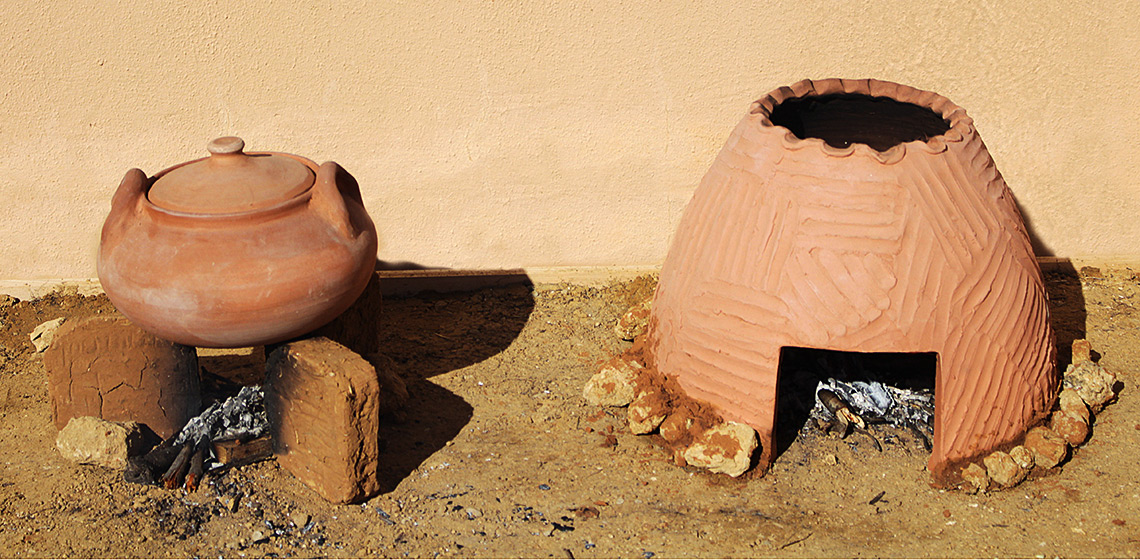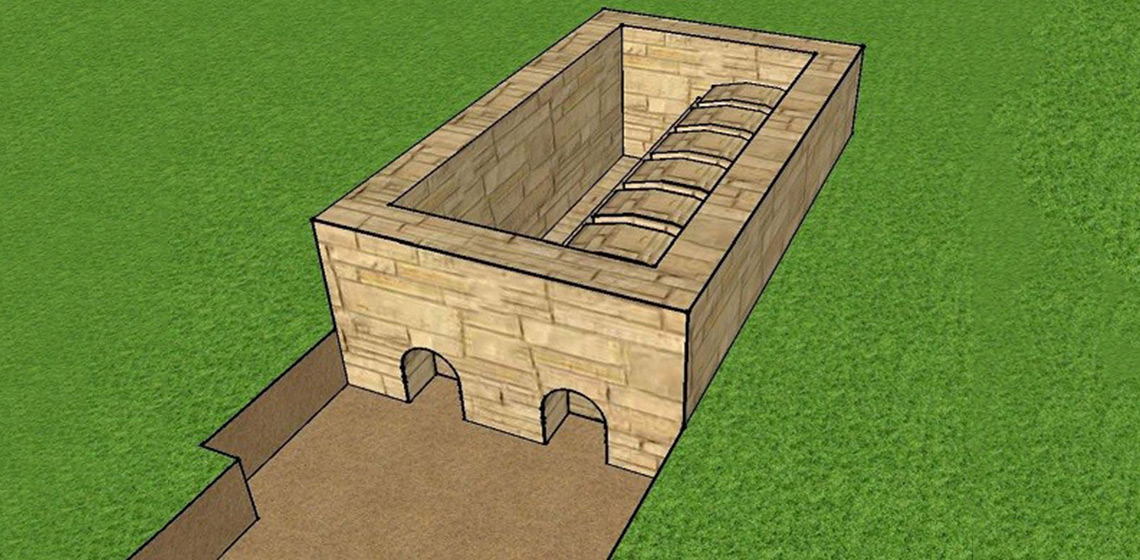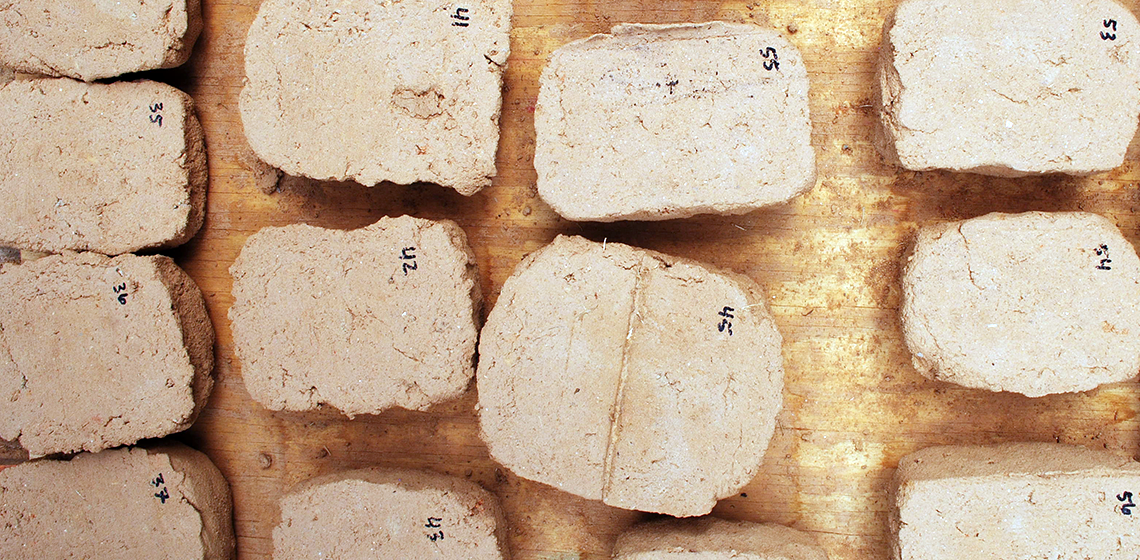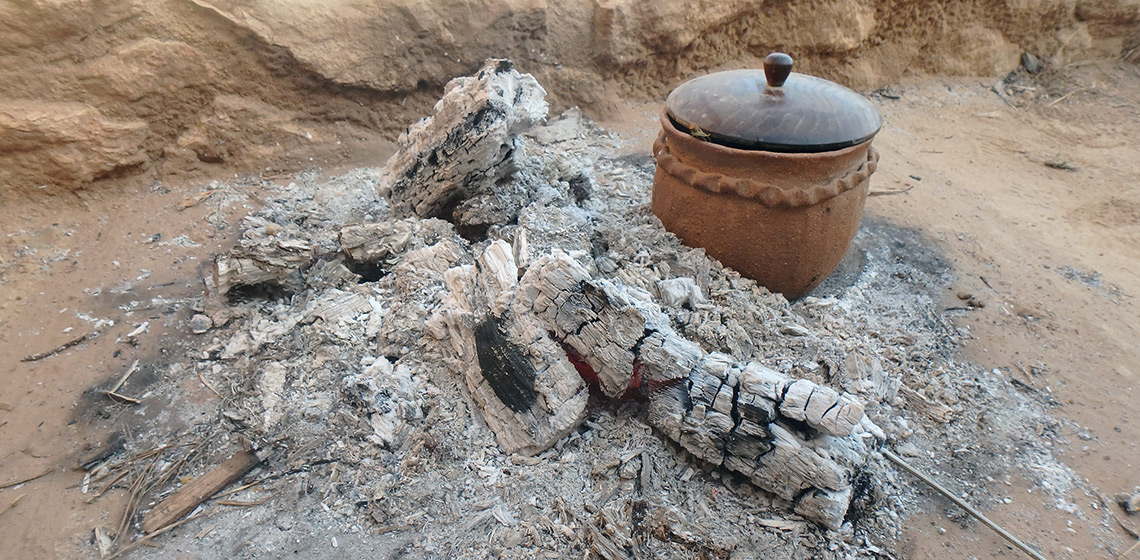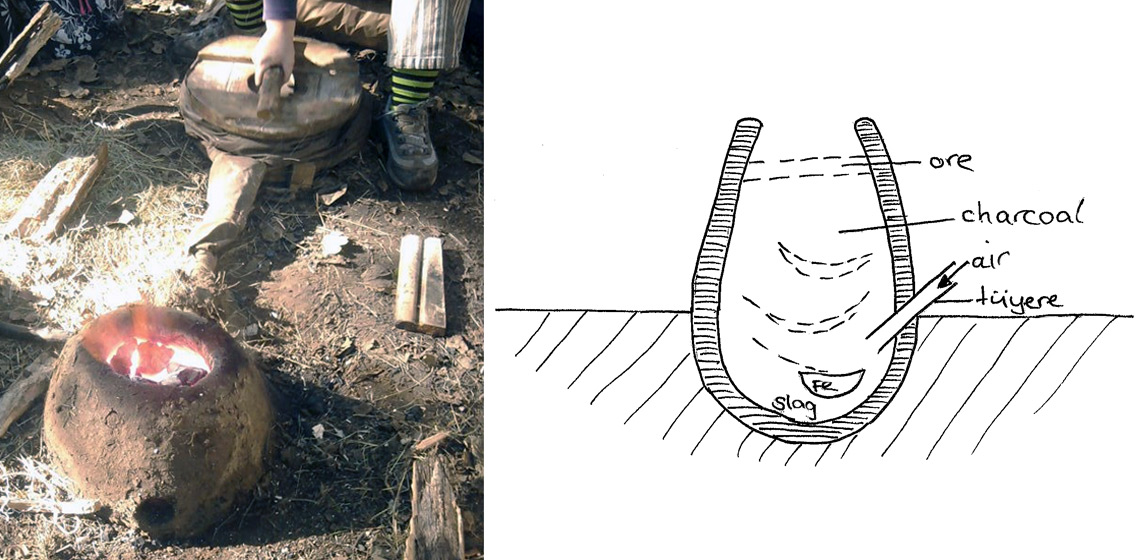furnace, kiln or oven
Baking Bread in the Riff Area (Morocco): An Ethnographic Approach to the Study of Iron Age Archaeological Ovens
Publication Date
We present the result of our fieldwork conducted in the Riff area (Morocco), where, through the participant observation technique, we have analysed the characteristics and functioning of several bread-baking traditional ovens that are still working in the region. We were able to observe the chaîne opératoire of the process of baking bread...
Approaching Pottery Burnishing through Experimental Firings
Publication Date
This study assesses the impact of firing on burnished ceramic surfaces. For this task, two main factors related to burnishing were examined and evaluated, the reflection of the ceramics and pottery surface sheen. Macroscopic observations on the burnished surface were made with the naked eye...
Reconstructing the Pyrotechnological Development of the Harappans Using Ethnoarchaeological Parallels in The Region of Ghaggar, India
Publication Date
Indus Valley Civilization flourished in India and Pakistan owing to its technological advancements dating back to the 3rd millennium BC. The present paper aims to trace the emergence of pyrotechnology through documenting the industrial settlements that have been excavated in recent years, as well as locating the potential trading network for the craft items being produced at these small settlements on...
“Look at the Bones!” - Adding Bone in a Bloomery Iron Smelt
Publication Date
A case study of a practical experimental test. Through 2019, much was made in the popular press suggesting that during the Viking Age, exhumed human bone had been used in the chain of production from iron ore through to finished swords. Contradicting this, considerable experience with small scale direct reduction process bloomery iron smelting furnaces indicated...
Experimenting with the Ancient Greek Pottery Production Process from Clay Selection to Firing in a (Re)constructed Updraft Kiln
Publication Date
This article presents an experimental archaeology project that aimed to reproduce the Hellenistic Greek pottery production process. The project's main research questions were focused on understanding how locally available raw materials and climatic conditions influenced the production process and how the process created social networks with the local community...
An Experimental Approach to Tannur Ovens and Bread Making in the southwest of the Iberian Peninsula during the Iron Age
Publication Date
Culinary culture has played an essential role in the configuration and interaction of human societies throughout history, shaping both individual and collective identities. Like the modern Mediterranean diet, Phoenician-Punic subsistence relied on cereals, often in the form of...
Hard Fun: Further Discussions on an Undergraduate Project to (Re)Construct and Fire a Medieval Tile Kiln
Publication Date
This experiment, undertaken over a 12-month period in 2015 at Norton Priory Museum in Cheshire, formed part of a pedagogic case study and an experimental archaeology project. Here eight Archaeology and 12 Ceramics students from the University of Central Lancashire (UCLAN) researched, built, and fired a tile kiln using evidence from previous experimental archaeology projects on the site and other firing projects...
Scored Basins from Late Minoan Crete: an Experimental Interpretation from Construction to Functionality
Publication Date
During the Bronze Age in Crete, agriculture, pottery production, metallurgy, textiles, architectural feats, trade, and other specializations flourished. Throughout habitation on Crete, pottery production was an area of craftsmanship and practicality from the end of the Neolithic to Mycenean and Iron Age. This experiment, however, relates to the Late Minoan I period in the geographical region of Mochlos...
Experimental Archaeology of Iron Age Firing Structures from the Western Mediterranean
Publication Date
Within the project “Transdisciplinary and experimental study of firing structures in the western Mediterranean during Protohistory (1st millennium BC)”, the TRANSCOMB project is an experimental research programme conducted at the Ciutadella Ibèrica (Iberian Citadell) of Calafell Archaeological Site (Tarragona, Spain) (See Figure 1 and Figure 2). The main objective of the research is to deepen our knowledge of ...
The Little Bowl That Could! Experimental Iron Smelting in a Bowl Furnace
Publication Date
The bowl furnace has been a somewhat neglected topic in the early history of iron making, often overshadowed in experimental work by the shaft furnace. This assessment attempts to re-evaluate the position of the bowl furnace in early iron-making - firstly by looking at how it is regarded in scholarly literature, and secondly, through an experimental reconstruction programme...

